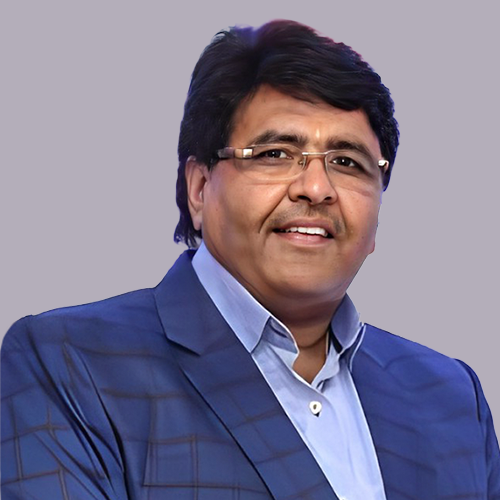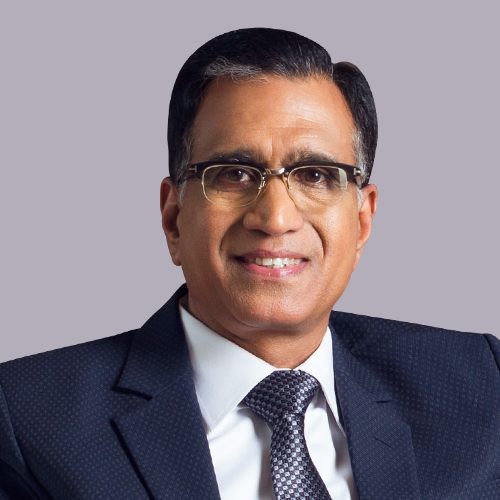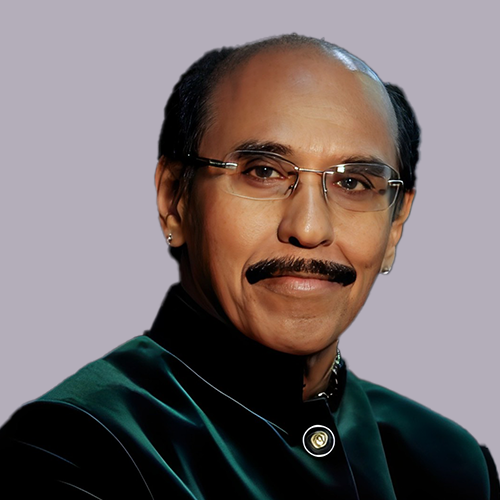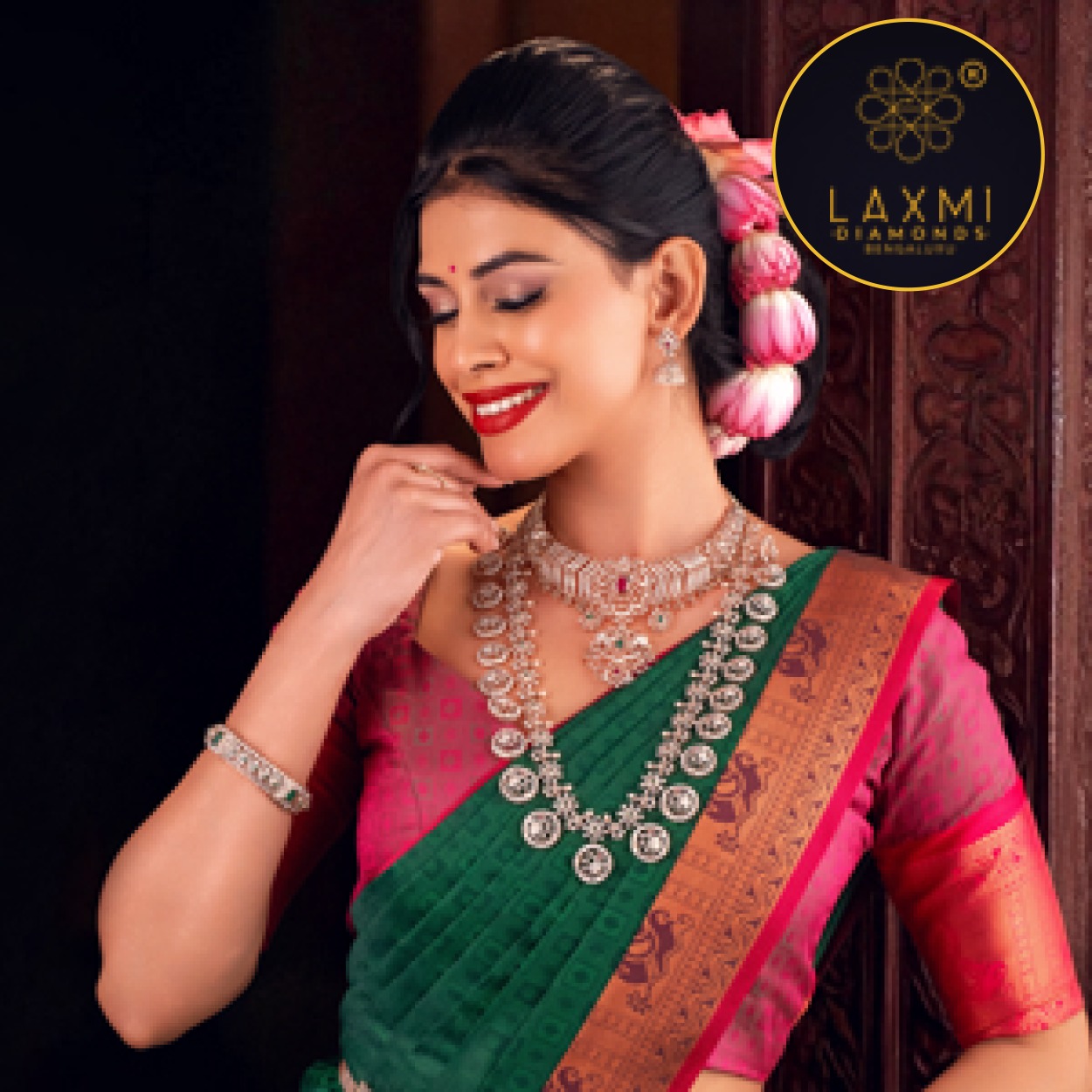By Invitation
Jewellery industry sees Union Budget 2025-26 stimulating consumer demand, streamlining regulations and focusing on growth
Increased disposable income, coupled with stable gold and silver tariffs, is expected to create a favorable increase in jewellery demand

The Indian jewellery industry welcomed the Budget 2025 announcements, particularly the significant increase in the personal income tax exemption limit to ₹12 lakh. This increased disposable income, coupled with stable gold and silver tariffs, is expected to create a favorable increase in jewellery demand. The abolition of Tax Deducted at Source (TDS) and Tax Collected at Source (TCS) on high-value transactions above ₹50 lakh was welcomed for simplifying compliance. The continued focus on supporting the lab-grown diamond (LGD) sector is welcomed.
While some in the industry expressed a desire for clarity on gold tariffs, particularly regarding alloys, the overall sentiment remains positive. The unchanged import duty on gold and silver is viewed as providing stability and predictable pricing for consumers.
Overall, the Budget 2025 is perceived as a positive step for the Indian jewellery industry, with tax relief measures expected to stimulate consumer demand and streamlined regulations fostering a more efficient and transparent business environment.
GJEPC welcomes the recognition of exports as the fourth engine of growth and the new Export Promotion Mission with sectoral and ministerial targets, driven jointly by Union Commerce, Finance & MSME Ministries. This will facilitate easy access to export credit cross border and factor support to MSMEs to tackle non-tariff barriers in exports. GJEPC welcomes the digital public infrastructure, ‘BharatTradeNet’ (BTN) for international trade to be set-up as a unified platform for trade documentation and financing solutions.

The announcement of National Manufacturing Mission & the National Centres of Excellence Skilling furthering ‘Make for India ‘Make for the World’ is positive and is set to have direct benefit to the sector. GJEPC welcomes income tax relief incentives to boost consumer demand. Overall, Union Budget presented by Hon. Finance Minister Smt. Nirmala Sitharaman puts India in the growth path to Viksit Bharat.
Vipul Shah, Chairman, GJEPC
The reduction in personal income tax rates, along with the tax exemption limit raised to 12 lakh, is a positive move that will significantly boost consumer spending and drive demand for jewellery. This increase in disposable income is expected to particularly benefit the gold and branded jewellery sectors.
Additionally, the abolition of TDS and TCS on high-value transactions above *50 lakh will streamline operations, ease compliance burdens, and bring more transactions into the formal, hallmarked market. These reforms will foster transparency, trust, and sustainable growth in the jewellery industry.
Rajesh Rokde, Chairman, GJC


“The reduction in personal income tax rates is a welcome move as it will enhance disposable income, leading to increased consumer spending, including in the jewellery sector. Additionally, the abolition TDS and TCS on specific goods purchases and sales above ₹50 lakh will significantly ease compliance burdens for jewellers and bullion dealers, fostering a more seamless and efficient business environment. These measures will collectively boost industry growth and strengthen consumer confidence.”
Avinash Gupta, Vice Chairman – GJC
Finance Minister has announced a populist Union Budget 2025 with a main aim to continue growth momentum of the Viksit Bharat. There have been no announcements on Gold and Silver import duties as market expected. There are few things specified in the finance bill about increase in tariffs on gold and silver, which is not clear, so we will have to wait for DGFT notifications.
Prithviraj Kothari, MD- RiddiSiddhi Bullions Limited (RSBL)


The fiscal budget announced by Finance Minister Nirmala Sitharaman is advantageous for the gold industry as it increases disposable income, encourages spending, and promotes economic growth across various income levels.
Overall, this consumption-led budget prioritises both investments and spending, with the increase in disposable incomes due to an enhanced tax exemption limit expected to boost overall consumer demand, including that for gold and jewellery.
Sachin Jain, Regional CEO, India-World Gold Council
The reduction in tariffs on platinum and findings is a welcome move, but the industry awaits clarity on gold tariffs post-May 1, especially regarding alloys. While no direct duty cuts have been announced, the relaxation of TDS and TCS on high-value jewellery is a step in the right direction. The budget’s consumer-friendly measures, including the extension of the non-taxable income limit to ₹12 lakh, will encourage higher spending and drive growth in the jewellery sector.
Saiyam Mehra, Director -Unique Chains Pvt. Ltd.


There will be no change in the gold, platinum, and silver import duty rates. This stability in duty will greatly benefit the industry. The new tariff lines, set to be introduced on May 1, 2025, will assist the government in levying the correct duty, addressing the confusion that has affected all sectors of gold, silver, and platinum.
Surendra Mehta, National Secretary – IBJA
We sincerely thank the Honourable Finance Minister for presenting a robust budget. The reduction in the customs duty from 25% to 6.4% on platinum findings and the reduction in the tariff rate from 25% to 20% on finished jewellery— is a significant step. We are confident that these measures will stimulate renewed demand and drive growth for platinum in the coming years.”
Vaishali Banerjee, Managing Director – India, Platinum Guild International


The Union Budget 2025-26 has a laser sharp focus on boosting economic growth. With definitive steps in infrastructure investment and key support for agriculture, manufacturing and urban development, there is a deep commitment to continue on the growth momentum.
As brands continue their growth in the real Bharat, the Centres of Excellence for Skilling, coupled with global skilling partnerships, will add to the available talent pool.
The tax reforms proposed in the Budget will ensure that the consuming class will have enhanced discretionary income in their hands leading to a significant demand stimulus.
TS Kalyanaraman, MD – Kalyan Jewellers
The budget reflects the government’s continued focus on revitalizing consumption, strengthening domestic manufacturing, and fostering job creation. Therefore, the budget has rightly focussed on offering fiscal impulse to boost consumption. With personal income tax reform, it will free up disposable income to boost urban consumption. It will boost the spending power of the middle-income segment and enhance consumer sentiment—both critical drivers of economic growth. For the retail and jewellery sector, a rise in consumption directly translates into stronger demand, fuelling expansion and employment generation.
MP Ahammed, Chairman, Malabar Group


The Budget 2025 reflects a forward-thinking approach with a strong focus on growth, infrastructure development, and social welfare. The significant increase in the income tax exemption threshold is a commendable move. By enhancing the spending power of the middle class, we anticipate a positive ripple effect on consumer demand, which will invigorate various sectors of the economy. I see this budget as a positive sign for future growth and innovation, paving the way for a stronger, more competitive economy.
Dr. B.Govindan, Chairman, Bhima Jewellery- Trivandrum
This budget is a classic bend of boosting the economy in the near term through income tax relief and in the long run through job creation measures (particularly MSME sector which ia biggest job creator). This will help sustain the growth momentum. Jewellery industry will benefit from the consumption thrust. Stability in tariffs on Gold and Silver comes as a positive.
Jignesh Mehta, Founder & MD- Divine Solitaires


The budget has set the right objective of driving growth of India by focussing on middle class consumption, agricultural sector that will drive rural demand and rural productivity , focusing on women and youth, that will drive future growth of India . Gold and Silver duty has remained the same, thus that will avoid additional burden on Indian Consumer . Tech development is need of the hour and should be focused, to becoming a more futuristic country . I think the intent is well planned
Suvankar Sen, MD & CEO, Senco Gold & Diamonds
We are deeply grateful to the Finance Minister for increasing the income tax slab from 7.5 lakhs to 12 lakhs, which will significantly boost the flow in the jewellery industry and drive demand from more consumers. As an industry, we are pleased with the decision to maintain the current customs duty. While a 1% GST would have been ideal, we remain hopeful that the Finance Minister will consider this in the months to come.
Anantha Padmanabhan, CMD-NAC JEWELLERS PVT LTD


The Indian government’s proposed income tax relief up to Rs. 12 lakhs is expected to benefit a significant portion of the population.
The government has also addressed concerns raised by the Indian Bullion and Jewellers Association regarding import policy loopholes.
Additionally, the removal of Tax Collected at Source (TCS) will ease business operations, reduce compliance burdens, and promote economic growth. These developments are expected to have a positive impact on the Indian economy, putting it on a growth path.
Deepak Soni, Kartikey Bullion – East India Head- IBJA
We welcome and commend the government’s efforts to reduce income tax for the middle-class households which would facilitate more savings and also increase their purchasing power.
The reduction of the Basic Customs Duty on Platinum findings from 25 per cent to 6.4 per cent is a welcome step for the jewellery industry.
This inclusive budget with special focus on investing in people by setting up National Centres of Excellence for skilling with global expertise and partnership will strengthen many industries including gems and jewellery industry.
Amarendra Vummidi, Managing Partner, VBJ

By Invitation
The Great Jewellery Retail Reset: Are You Ready for What’s Coming Next?
By Shivaram A,Retail Business Mentor

As gold prices fluctuate and customer mindsets evolve, the jewellery retail business stands at a turning point. Those who adapt with guidance will thrive — others may struggle to stay relevant.
Over the last year, jewellers across India have been living through a storm of uncertainty. Gold rates have risen, fallen, and risen again — shaking customer confidence and confusing buying behaviour. While many stores reported higher sales values during festive months, the actual number of pieces sold told a different story.
Customers were walking in — but walking out with fewer items. The same budgets, smaller volumes. The emotional connect with gold remained, but the buying intent was changing quietly beneath the surface.
A Shift in Buying Behaviour: Lighter, Smarter, More Selective
Jewellery, once seen as a long-term investment, is now also viewed through the lens of practicality and personal style. The younger buyer isn’t chasing weight anymore; they’re chasing meaning, design, and comfort.
Heavy necklaces and bangle sets have become slower movers, while rings, earrings, and lightweight chains are finding quick takers. Even as the “value” of inventory rises with gold prices, the “velocity” of sales — how quickly products move — has slowed down.
This creates an illusion of growth on paper but a challenge in reality: slower rotation, tighter margins, and customers whose expectations are changing faster than most jewellers are prepared for.
Two Customers, Two Worlds
At one end are traditional families — loyal, price-conscious, and deeply rooted in their relationship with their family jeweller. At the other end stands the new-age urban customer — salaried, educated, and brand-aware.
This second group is the real disruptor. They don’t see gold as an emergency asset but as an accessory that defines lifestyle. They browse online, compare designs across stores, and choose convenience over custom.
For them, jewellery is fashion — not finance. And that single shift is rewriting the rules of the game.

Competition Is Heating Up
As independent jewellers fight to maintain margins, larger chains are expanding quietly — opening new showrooms, entering Tier 2 and Tier 3 towns, and capturing the very customers smaller stores once depended on.
Adding to the mix are non-jewellery investors and new entrants drawn by the industry’s steady performance compared to other sectors. With over 10,000 new stores expected to open in the next few years, competition will only intensify.
This means the traditional family jeweller can no longer depend solely on legacy, relationships, or word-of-mouth. What’s needed now is strategy, structure, and smarter decision-making — powered by data, training, and mentorship.

Change Is Hard — But Help Is Available
Transitioning from a legacy business model to a modern retail approach isn’t easy. It involves rethinking everything from sales processes to staff mindset, from customer experience to inventory strategy.
But the good news is — you don’t have to do it alone.
Every successful transformation begins with one conversation — a discussion about where you are, what’s changing, and how to move forward one step at a time.
That’s where mentorship makes the difference. A seasoned guide can help you see patterns others miss, avoid expensive mistakes, and build a roadmap that’s realistic and sustainable.

Jewellery retail is evolving — and those who evolve with it will shine brighter in the years ahead.
While change is always tough, it is also necessary. The key is to take it step by step, guided by experience and insight.
If you’re wondering where to start or how to navigate the next phase of your business transformation — let’s talk.
-

 BrandBuzz7 hours ago
BrandBuzz7 hours agoMCA raises “small company” thresholds – up to ₹10 cr capital & ₹100 cr turnover from 1st December 2025, major relief for jewellery trade
-

 JB Insights8 hours ago
JB Insights8 hours agoWomen Leaders Driving the Luxury Renaissance
-

 National News12 hours ago
National News12 hours agoSHINESHILPI Announces the Launch of The Shine House, India’s Biggest B2B Jewellery Hub
-

 National News10 hours ago
National News10 hours agoTalla Jewellers Successfully Hosts Free Health Checkup Camp with Fortis Escorts Amritsar and Live For Others Foundation







